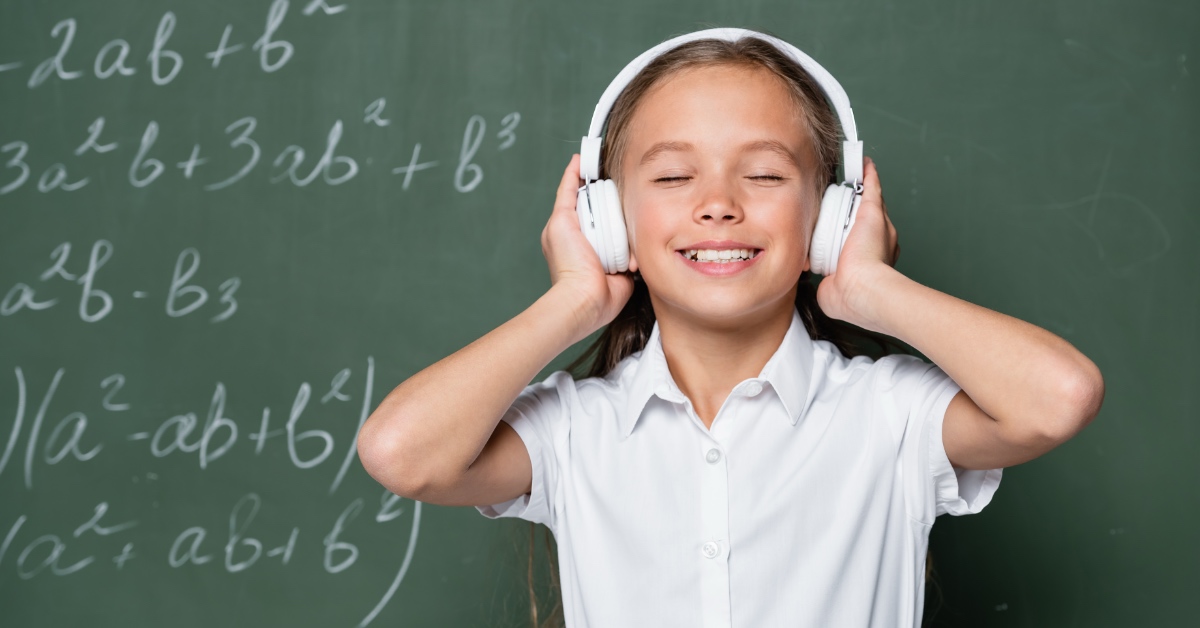
In the year 2000, Poland had one of the worst education systems in the world. By the year 2012, Poland was near the top of the list. Today, Poland is considered to be an education powerhouse and its 12 year transformation provides us with hope that the United States can also transform its education system.
In her New York Times bestseller The Smartest Kids In The World, journalist Amanda Ripley explores the four key changes that Poland implemented that led to such dramatic improvements. These four changes were: a new (rigorous) curriculum, three standardized tests, more teacher autonomy, and delayed tracking of students.
1. A New Curriculum
A new curriculum was built to inject rigor into the system, something the previous curriculum had lacked. The new program included fundamental goals – intensive enough that the government required 25% of teachers to go back to school to improve their own education. While these goals were clearly defined, the details regarding how to meet those goals were left to the schools.
2. Three Standardized Tests
To ensure that these goals would be met and to provide accountability to schools and teachers, Poland instituted three standardized tests: one at the end of elementary, junior high, and high school. While Poland tested its students less often than America, the stakes were higher for older Poland students whose results determined which universities they could attend. Significantly, Poland also decided that these exams would not be graded by local teachers so as to ensure honesty.
3. Teacher Autonomy
Poland gave teachers great autonomy, allowing them to choose their own textbooks and their own specific curriculum from a list of over one hundred approved options. In addition, principals were given full control over hiring teachers and local authorities had full control over budgeting. In her book, Amanda Ripley points out that this system of great accountability and great autonomy is also found in high-performing organizations like Apple Inc.
4. Delayed Tracking
Tracking refers to the practice of placing students in different courses based on the perceived ability of that student. In the United States, we track students early and aggressively. Amanda Ripley talks about the contrast between an AP honors English class, a normal English class, and then a “English in the Workplace” class (offered at one point by a school in Gettysburg, PA) For Tom, a student profiled in Amanda Ripley’s book, tracking began in third grade when, after performing well on a standardized test, he was placed in an accelerated track. By age 15, all of Tom’s core classes were “advanced” and he only saw the other students at “nonessential” classes like gym and art.
Poland raised the expectations for what kids could accomplish by delaying tracking of students till age 16. This delay resulted in dramatic academic gains in students who otherwise would have been shuffled off to vocational training. As it turns out, that delay provided motivation for students to apply themselves in ways that a different track may not have required them to.
Conclusion
Poland faced a lot of opposition in the early days of their ambitious reform efforts. Nevertheless, Poland’s leaders, unified with a common vision, worked together to implement these reforms and as a result of their thick skin and diligence, Poland now has one of the best education systems in the world.
America has been trying for years to fix our broken education system. Poland’s example provides us with some practical solutions and gives us hope that we can indeed fix what must be fixed so that our students receive the education they need and deserve.




thanks for sharing this information
Nice and helpful